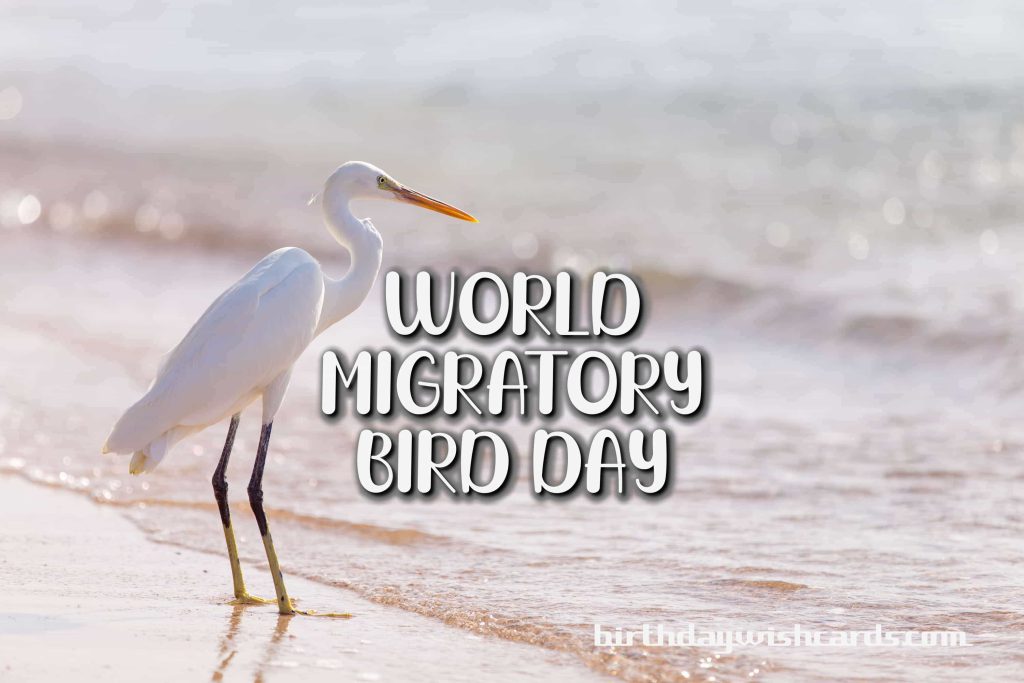
09-Oct World Migratory Bird Day: Celebrating the Wonders of Bird Migration
Origins of World Migratory Bird Day
World Migratory Bird Day (WMBD) was established in 2006 through a partnership between the Secretariat of the Agreement on the Conservation of African-Eurasian Migratory Waterbirds (AEWA) and the Secretariat of the Convention on the Conservation of Migratory Species of Wild Animals (CMS). This global observance aims to raise awareness about the significance of migratory birds and the need to protect their habitats worldwide.
The concept of dedicating a day to migratory birds began in 1993 in the United States, led by organizations such as the U.S. Fish and Wildlife Service, the Smithsonian Migratory Bird Center, and the Cornell Laboratory of Ornithology. Their initiative, International Migratory Bird Day (IMBD), inspired festivals and educational programs throughout the Americas, nurturing a widespread appreciation for migratory birds in the Western Hemisphere.
While these efforts flourished in the Americas, similar coordinated campaigns were missing elsewhere. To address this, the AEWA Secretariat launched Migratory Waterbird Days (MWD) in 2005, celebrating migratory waterbirds across Africa, Europe, and parts of Asia. The success of these events led to the creation of a truly global day honoring all migratory birds.
Today, World Migratory Bird Day is marked in countries and regions around the world. It brings people together under a shared campaign and theme, highlighting the interconnectedness of ecosystems and the vital role migratory birds play within them.
Theme of World Migratory Bird Day 2020: “Birds Connect Our World”
The 2020 theme, “Birds Connect Our World”, emphasized the importance of connectivity for migratory species and the health of our planet. Connectivity refers not only to the physical journeys of birds, but also to the ecological processes that sustain life on Earth.
With nearly one million species facing extinction, maintaining ecological connectivity is crucial for biodiversity conservation and sustainability. Migratory birds traverse continents, linking diverse habitats and human communities along their routes.
Successful migration depends on the availability of critical stopover sites and habitats that provide food, shelter, and breeding grounds. Protecting these areas is essential for sustaining natural migration cycles and the ecological benefits migratory birds provide.
World Migratory Bird Day serves as a global awareness campaign, drawing attention to the threats migratory birds face and underscoring the need for international cooperation to secure their future.
Global Activities for World Migratory Bird Day
Each year, individuals and organizations worldwide join in a variety of events and initiatives to celebrate World Migratory Bird Day. These activities aim to educate, inspire, and engage communities in bird conservation. Common events include:
- Bird Festivals: Lively gatherings featuring birdwatching tours, photography contests, and cultural programs celebrating migratory birds.
- Educational Programs: Workshops, lectures, and school activities that teach about bird migration, conservation challenges, and habitat protection.
- Exhibitions: Displays showcasing bird species, their migratory journeys, and the environmental issues they face, often held in museums, nature centers, and community venues.
- Bird-Watching Excursions: Guided tours led by experts to observe migratory birds in their natural habitats, fostering appreciation and citizen science involvement.
While events may occur year-round to coincide with local migration peaks, the main global celebrations take place on the second Saturday of May and October. This timing aligns with major migrations in different regions, maximizing public participation and awareness.
Why Migratory Bird Conservation Matters
Migratory birds are essential to healthy ecosystems and human well-being. They contribute to pest control, pollination, seed dispersal, and nutrient cycling, benefiting agriculture and natural habitats alike. Their migrations also serve as indicators of environmental health, reflecting changes in climate and habitat quality.
However, migratory birds face numerous threats, including habitat loss, climate change, pollution, hunting, and collisions with man-made structures. The destruction of wetlands, forests, and other critical habitats along their routes can disrupt migrations and reduce survival rates.
Conserving migratory birds requires coordinated international action, as these species cross multiple countries and continents. Treaties such as the Convention on Migratory Species (CMS) and the Agreement on the Conservation of African-Eurasian Migratory Waterbirds (AEWA) are vital for fostering cooperation among nations to protect migratory birds and their habitats.
How You Can Participate in World Migratory Bird Day
Everyone can play a part in conserving migratory birds. Here are some ways to get involved:
- Join Local Events: Attend bird festivals, workshops, or guided birdwatching tours in your area during World Migratory Bird Day.
- Support Habitat Protection: Volunteer with or donate to organizations dedicated to conserving wetlands, forests, and other crucial bird habitats.
- Create Bird-Friendly Spaces: Plant native trees and shrubs, provide clean water, and avoid pesticides in your garden to offer safe stopover sites for migratory birds.
- Educate Others: Share information about migratory birds and their importance through social media, community talks, or educational materials.
- Practice Responsible Birdwatching: Observe birds respectfully, without disturbing their natural behaviors or habitats.
A Visual Celebration of World Migratory Bird Day
Images from World Migratory Bird Day events around the globe capture the vibrant spirit and diverse participation in this international celebration:

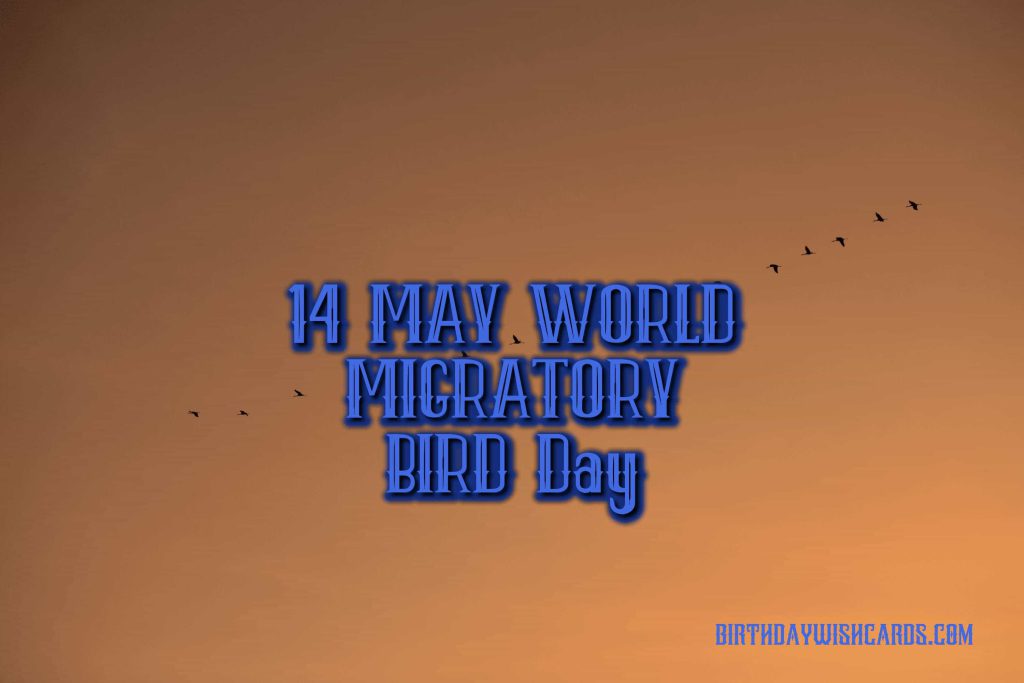
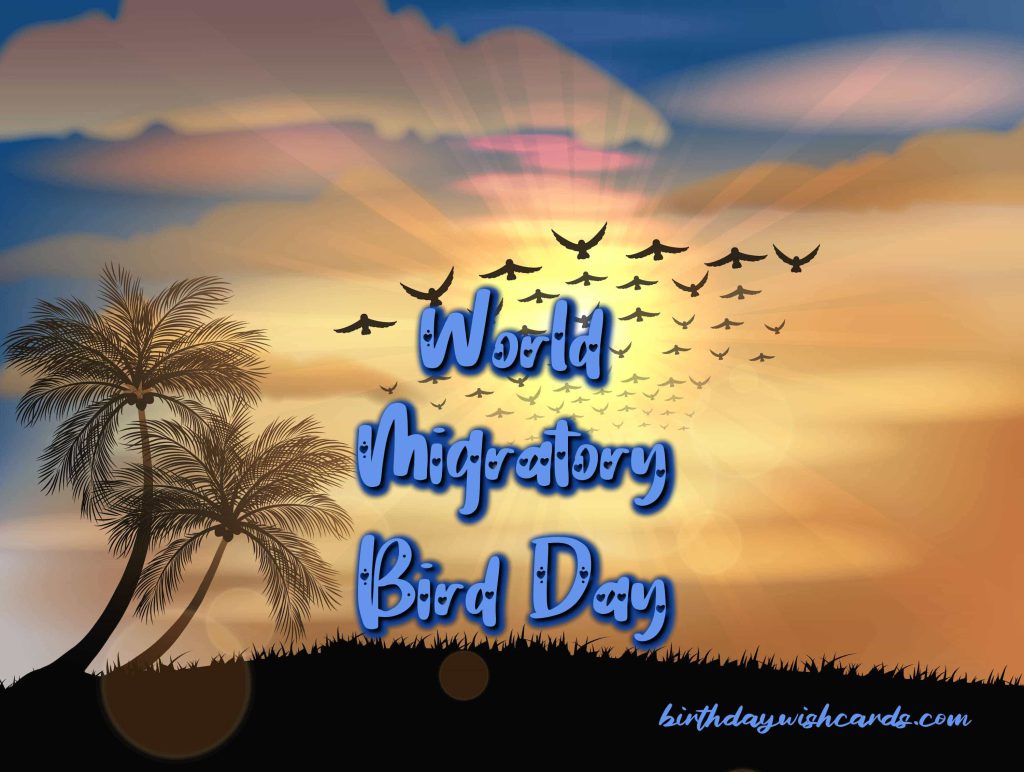
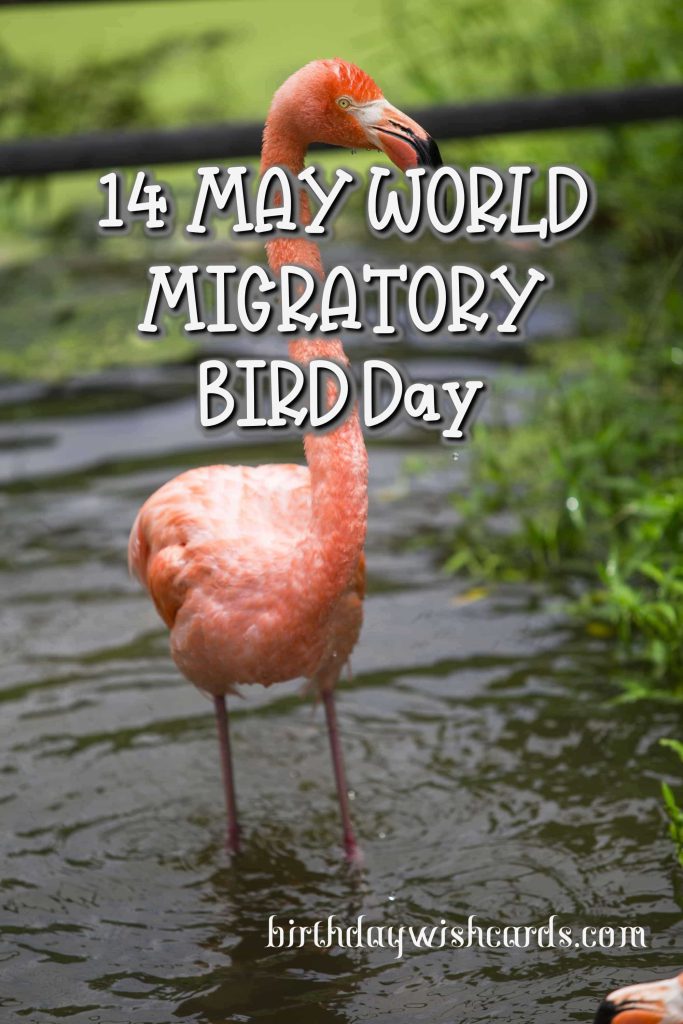
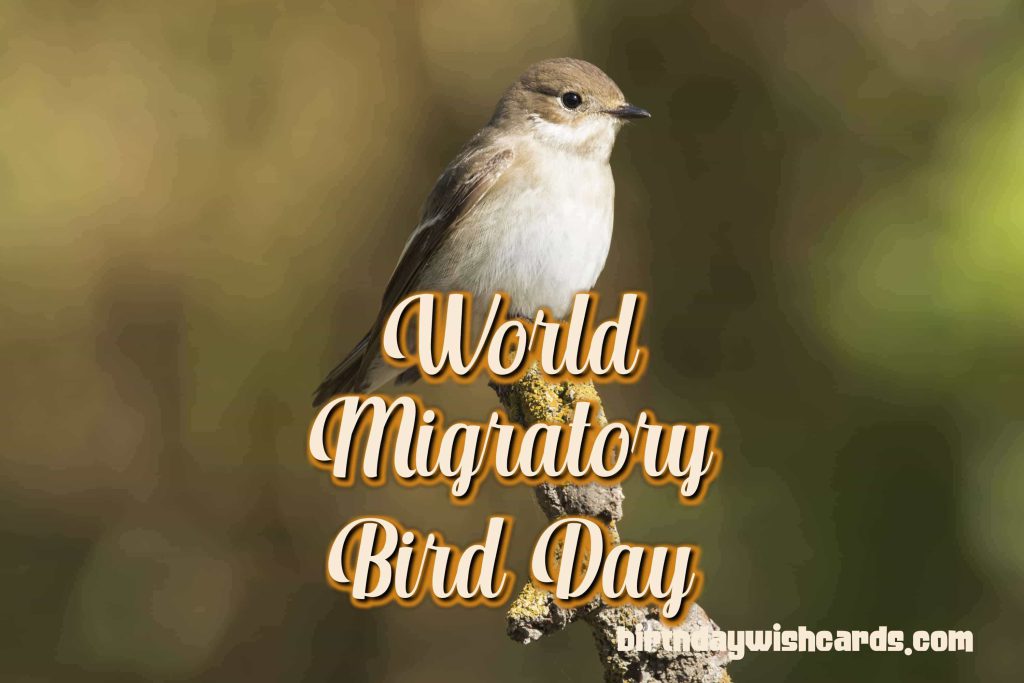
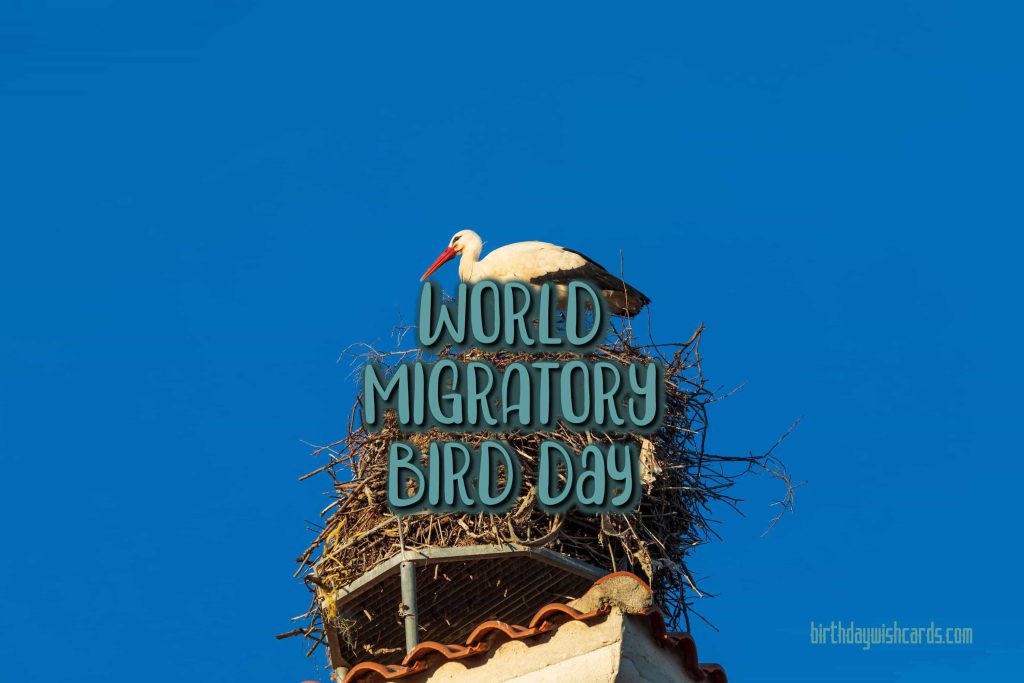
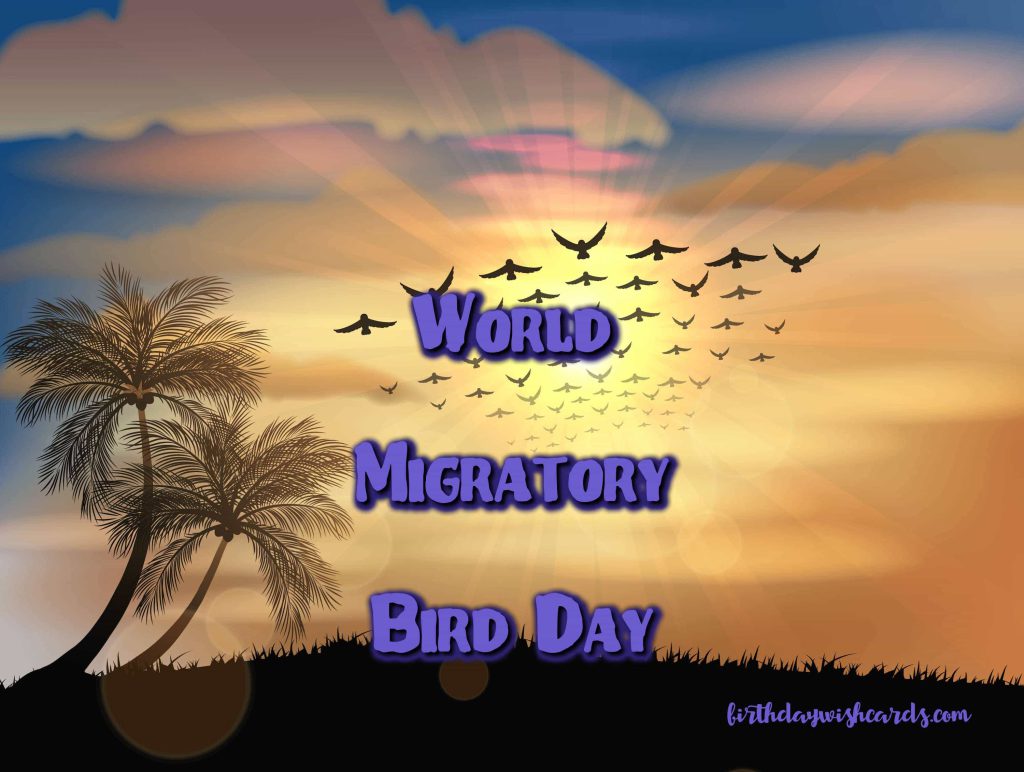
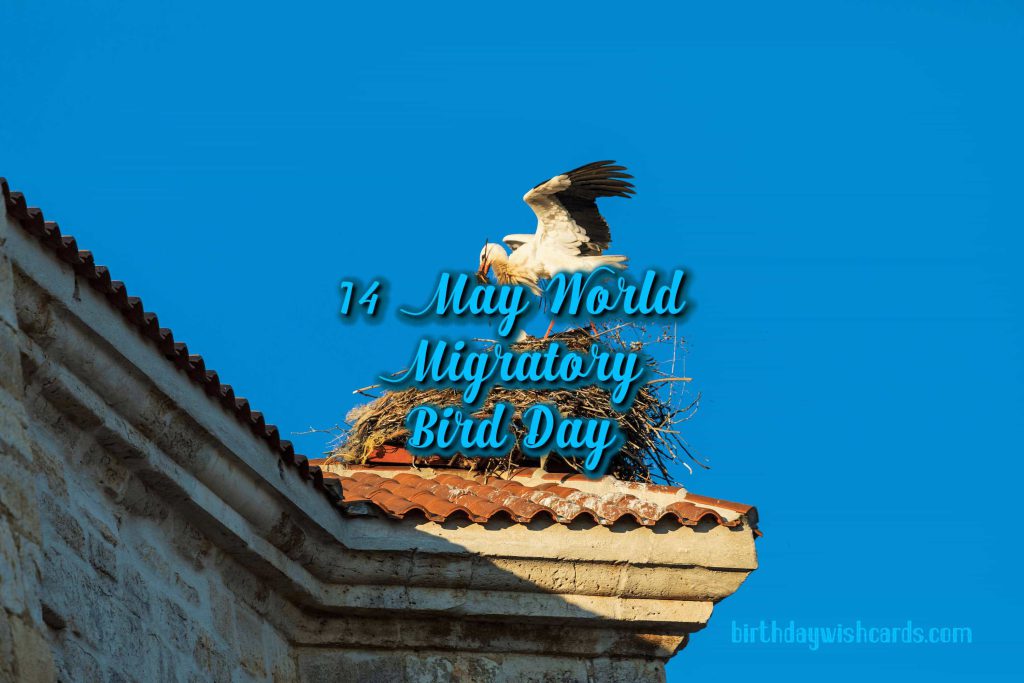
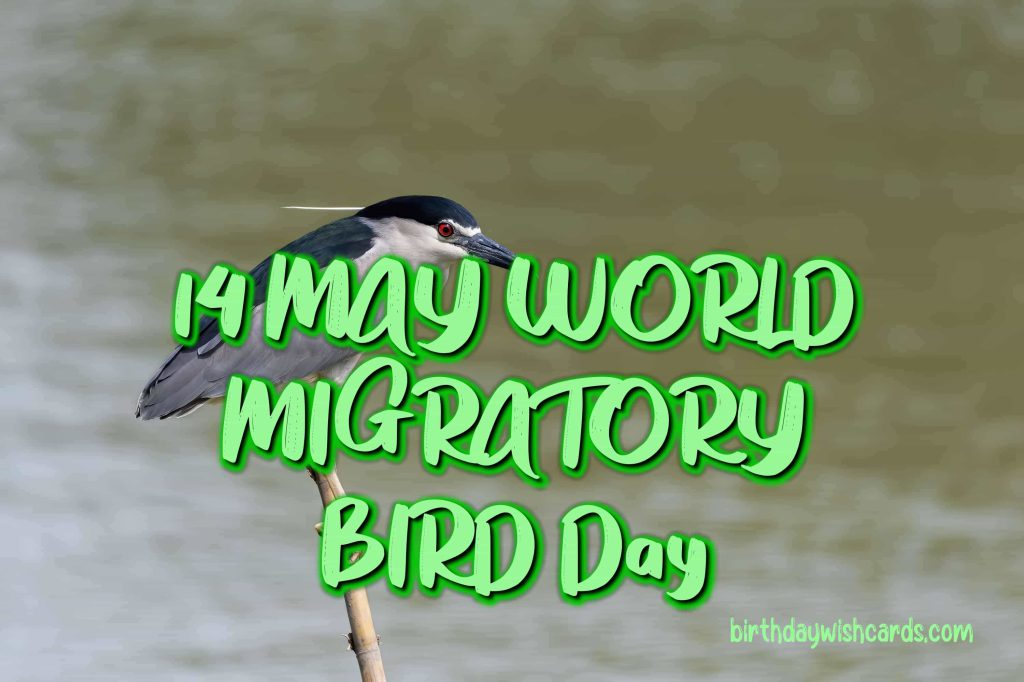
Conclusion
World Migratory Bird Day is a powerful reminder of the interconnectedness of life on Earth. By celebrating migratory birds and advocating for their protection, we promote biodiversity and foster global cooperation. Each year, as millions of birds embark on their remarkable journeys, this day inspires us to take action to preserve the natural world




